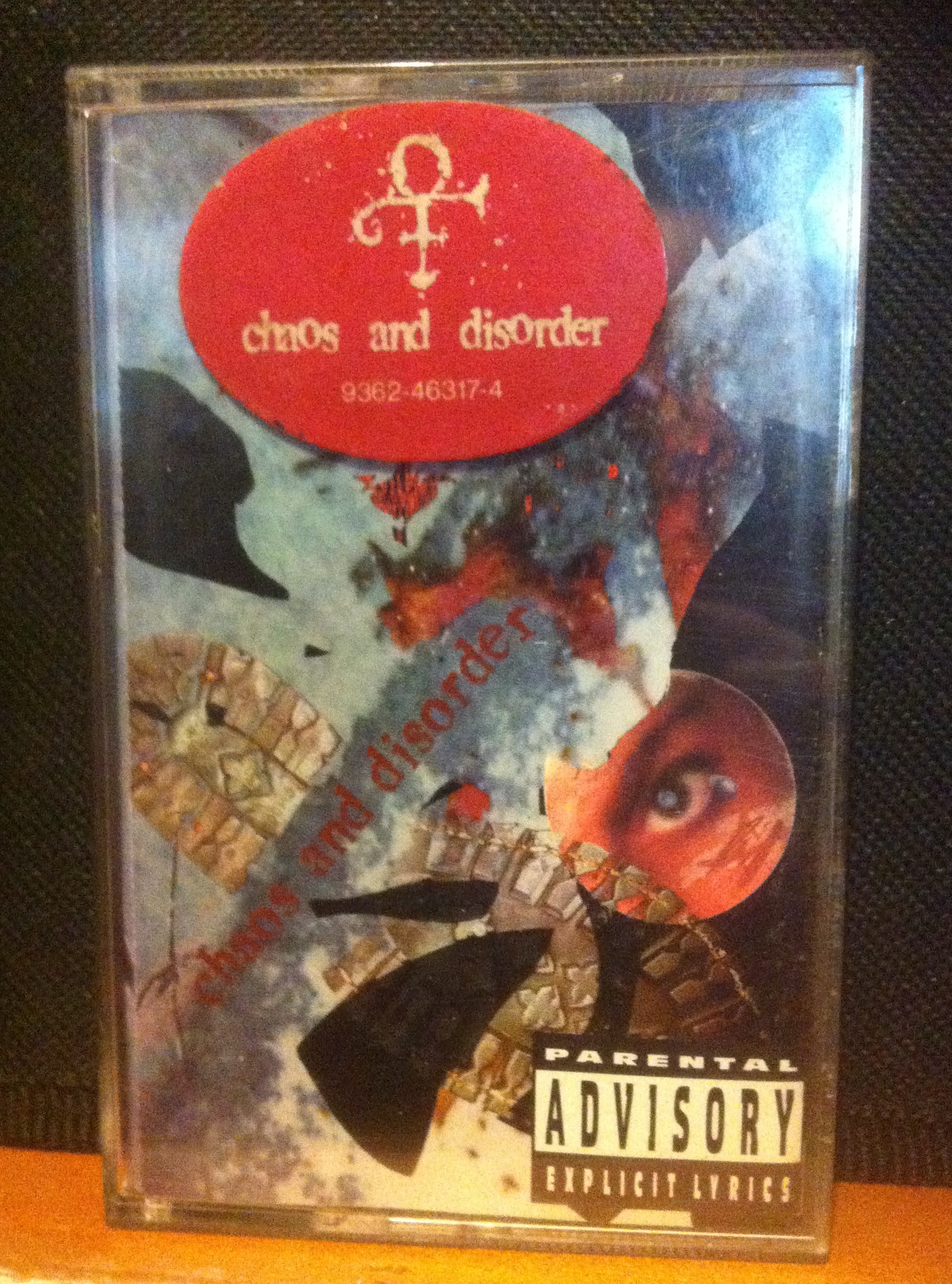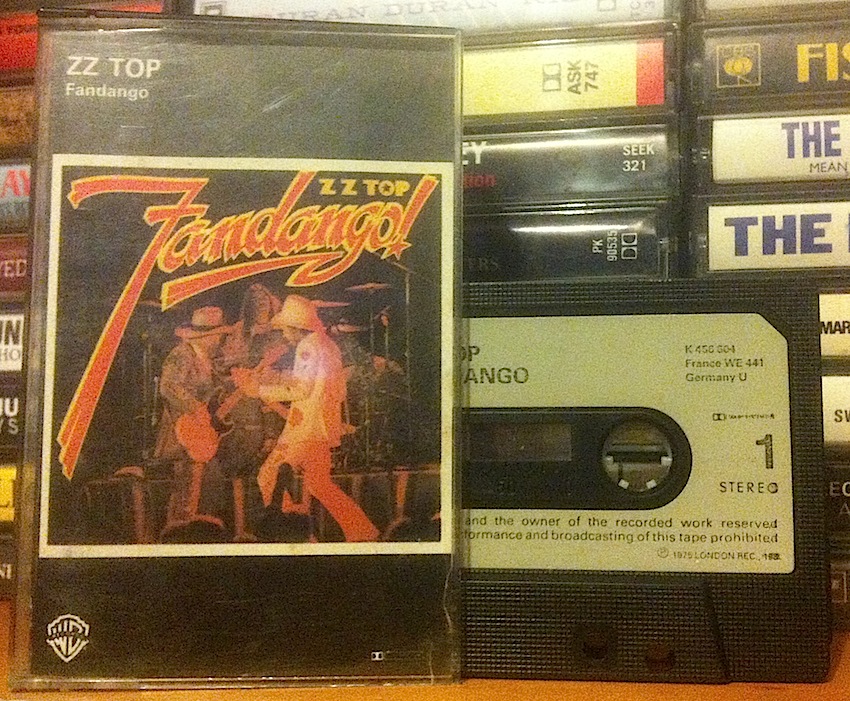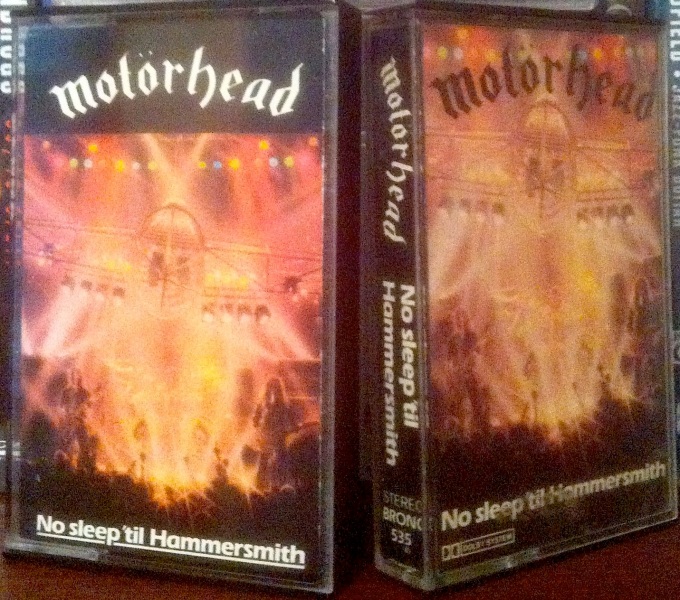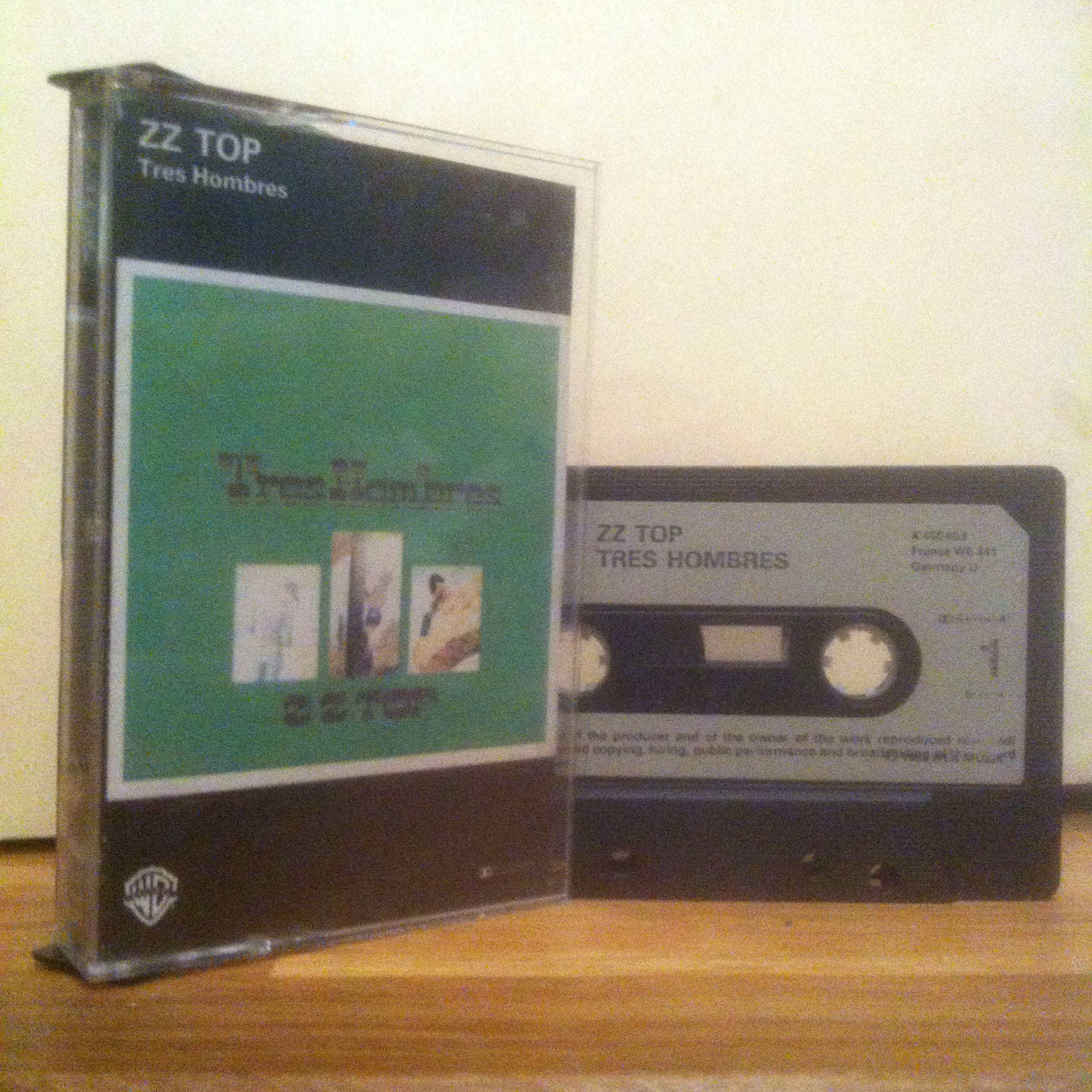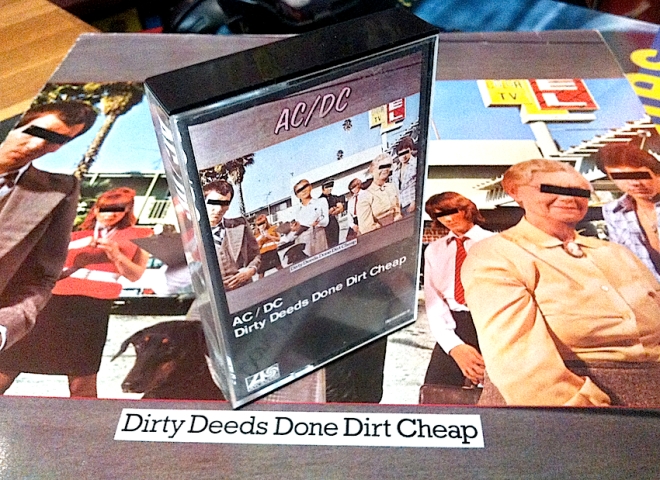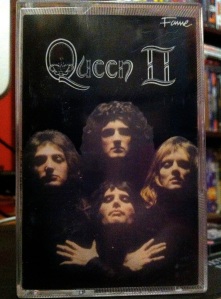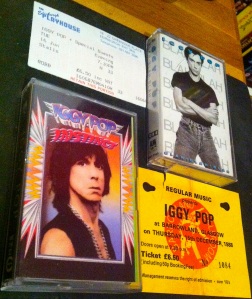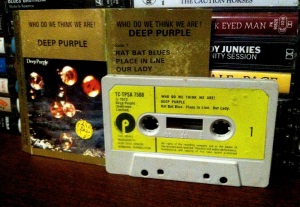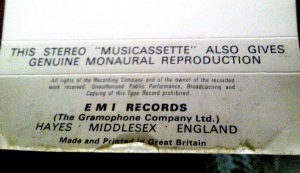When The Power Station was released in 1985, it was proffered as the supergroup’s attempt to mix The Sex Pistols with Chic. Perhaps unsurprisingly, despite the presence of Chic members Tony Thompson on drums and Bernard Edwards producing, this sounds nothing like that at all. Not nearly punk, not remotely disco.
It’s a genuinely original sound, quintessentially ’80s, yes, but uniquely its own thing. Andy Taylor out of Duran Duran’s crunchy, hard rock guitar mixed with John Taylor out of Duran Duran’s in-your-face bass against the backbone of Thompson’s powerhouse drums – which sound like he’s playing some upturned bins with a set of hammers. All this and the occasional wall of synths and horns married to the smooth vocal stylings of Robert Palmer. It shouldn’t work, really, but it does.
A mix of originals and covers, the original tunes are headed up by the stark funk rock of album opener and hit single Some Like It Hot. Quality straight-ahead rocker Murderess follows, successfully mixing old-school riffage with horns and a nifty noir lyric (“I heard his breath escape/She left the gun on the floor/He left his key with me/I hadn’t been there before”). Lonely Tonight is overly synth-reliant soul, the weakest thing here but working in context, while Communication features some tasty lead guitar from Andy Taylor bringing to mind Jeff Beck’s work from the same year’s Flash. As does Go To Zero, which is a real album highlight, mixing up some contemporary prog influences with foregrounded bass and some of the best guitar playing on the album, from weird chord voicings to a fusion-esque outro solo. Final track Still In Your Heart is an affecting sax-infused ballad with a rich, proggy keyboard arrangement. The covers are a surprisingly effective take on The Isley Brothers’ Harvest For The World, performed as a Palmer/Andy Taylor duet, plus the second hit from the album, Get It On (Bang a Gong), a complete reinvention of the T-Rex classic replete with memorable guitar parts and a Bernard Edwards slap bass break.
After the album there was an eponymous video EP, a VHS release consisting of a recording-the-album documentary cut around the day-glo promo videos. However, Palmer quit before the tour. The band recruited Michael Des Barres but this line-up recorded only one track (Someday, Somehow, Someone’s Gotta Pay for the Commando soundtrack) before calling it quits.
A decade later, seemingly out of nowhere, The Power Station returned with a performance on Top Of The Pops of new single She Can Rock It. This was intended to herald the release of a new album. I may be remembering this wrongly, but the album release ended up being delayed to the point of public disinterest and even now Living In Fear is a comparative obscurity. As a project, it was troubled from the start. John Taylor had been part of the preproduction process but left before the actual recordings (he’s credited as cowriter on all nine of the original songs here), hence Bernard Edwards’ promotion to bass player as well as producer. Sadly, Edwards died before the album’s release.
I hadn’t listened to Living In Fear in years and was surprised at how well it holds up. The intention was clearly to revisit the basic formula of the 1985 album: mostly original songs (nine to the first album’s six), plus two covers, with a supporting cast of musicians featuring many of the original’s session players. The patented “upturned bins and hammers” drums are toned down and the general sound has been updated (as ’90s as the first album is ’80s) if still drawing from the same rock, funk and electronic influences.
The first side opens with a strong enough run of rock numbers – Notoriety (funky horns and some commendably nasty riffing), Scared (melodic rock take on a post grunge vibe), She Can Rock It (decent riff, with some cheeky Get It On references). The album stumbles badly though with its first cover, a lumpen, unwelcome and seemingly endless take on Marvin Gaye’s Let’s Get It On. This lessens the impact of Life Forces which is a prog-flavoured keyboard heavy number in keeping stylistically with earlier cuts Go To Zero and Communication, if not as strong.
Side Two starts with a nod to the Minneapolis Sound of the ’80s in Fancy That, not a bad track but strangely dated and out of place. Certainly it doesn’t hint at what’s coming – from here on in the album hits its stride, the next three tracks in particular taking no prisoners. Title track Living in Fear is Zeppelin-structured and Sabbath-heavy. Absolutley epic, and before you can ask “where the fuck did that come from?!?”, the aggressive alternative funk rock of Shut Up kicks in. Good as Shut Up is, the pressure is only upped by Dope: raw, dense and heavy as fuck. A stylistic left turn gets us to Love Conquers All, Memphis Soul meets bare-boned British Blues. It’s good stuff, with some tasty, gnarly leads from Taylor who takes on the lead vocal for the final track, a retooling of The Beatles’ Tax Man, tabla and sitar giving way to Edwards’ heavy funk bass riff and psych-rock guitar aplenty. Not a favourite song of mine but this version works and makes for a decent album closer.
Lyrically, neither album strays far from the basic sex-and-relationships template that mainstream rock thrives on, with some pre-millenial tension raising its head on Living In Fear. The occasional arresting image and nice turn of phrase are enough to keep things interesting, only occasionaly succumbing to pedestrianism. In terms of performance, production and great music though, both albums deliver. The first one is, I reckon, a classic of its era, more challenging and original than it perhaps seemed at the time. One of a string of ’80s albums that basically set out the groundwork for the funk/rock crossover scenes of the ’90s, The Power Station stands as the best of them. Living In Fear may be just a few too many “b-sides” over the limit for greatness, taking too long to find its stride, but those moments where the band really digs deep make for a rewarding listen. With Edwards’ passing and the subsequent deaths of Thompson and Palmer it’s unlikely if not impossible that we’ll hear more from The Power Station which is a shame as at their best they were a band greater than the sum of its considerable parts.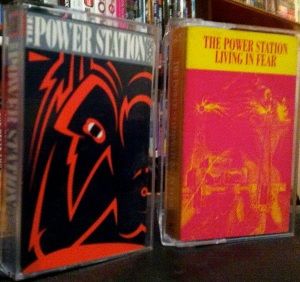
Physical copies of both albums are easy enough to find, whether online or in the real world, affordable in most formats (there was no vinyl release of Living in Fear). A 20th anniversary CD rerelease from 2005 of the first album is well worth picking up as it contains the Des Barres Commando track and various remixes, all decently remastered, as well as a DVD featuring the ’85 video EP with bonus material. It seems to fetch upwards of £20 these days, mind. The tapes set me back about £4 each and are in good order, fold out lyrics and all.




